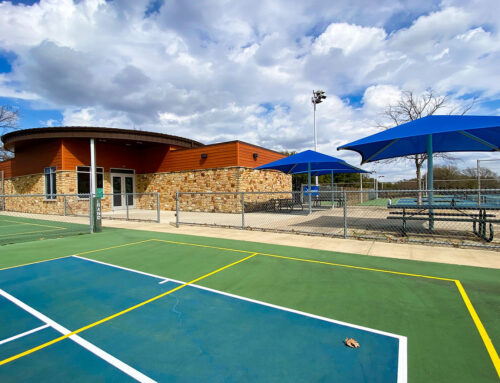Following last weekend’s story in The Dallas Morning News about the gentleman who installed artificial turf in his front yard came a post by Christina Hughes-Babb, expressing dismay at the city’s insistence that the artificial turf isn’t legal. It seems to me that both the DMN story and the blog post miss important points in this story.
Every month, historic neighborhood residents bring forward applications for Certificates of Appropriateness (C of A) for work in historic neighborhoods. I would say that, with very few exceptions, these applications describe work that the applicants genuinely feel will improve their property and, in some cases, those around them. Unfortunately, some of these applications take an approach that is at odds with the historic district requirements. When that happens, Dallas’ uniquely fair and effective historic preservation program kicks in.
More, after the jump:
Dallas’ historic preservation program includes a neighborhood task force system, a feature not found in other city programs in Texas. These task forces, which are formed for each historic district, are made up of neighborhood residents and local preservation professionals like architects, landscape architects and historians.
Their job is to review all C of A applications for their neighborhood and help the applicant craft a submittal to the Landmark Commission that both meets their needs and those of the ordinance. Including neighborhood residents on the task force allows the neighborhood to participate in how the historic district requirements are applied. It is the most fair and thoughtful system I have seen anywhere. Even before one makes an application, free, knowledgeable help is as close as a phone call to the City Preservation staff, all of whom have many years of experience helping applicants through the C of A process.
There is no need for there to be a problem like the one swirling around the artificial turf yard. So the lament that "this is a battle that could be fought at a more appropriate time under kinder circumstances" is certainly true, but I’m afraid the reason that it has not lies solely and personally with Mr. Escobedo.
Let us not forget the former applicants in historic districts across the City, likely numbering in the thousands, who have experienced similar issues but have worked within the requirements to accomplish their goals. What does one say to them if others are not required to do likewise? Dallas has a 30+ year history of its historic districts stabilizing neighborhoods and improving both property values and quality of life in its older neighborhoods.





